The Yes Album by Yes
Buy The Yes Album There are certain albums that have undoubtedly broken through to establish new rules of rock n’ roll and are, therefore immortally classics. Then there are some albums that seem […]
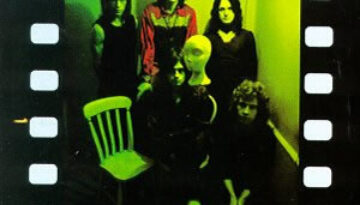
Buy The Yes Album There are certain albums that have undoubtedly broken through to establish new rules of rock n’ roll and are, therefore immortally classics. Then there are some albums that seem […]
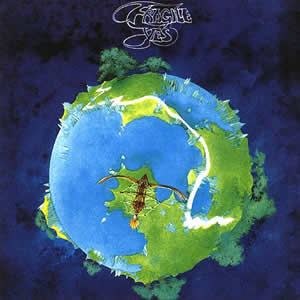
Buy Fragile Fragile, the fourth album by Yes is really a bridge between its rock-influenced predecessor, The Yes Album, and the nearly pure prog albums which would follow. The album features four tracks […]
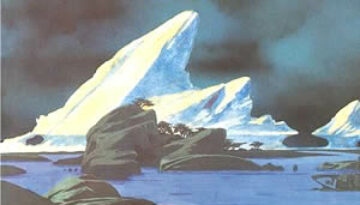
Buy Drama Yes entered the 1980s with a new lineup and a renewed compositional approach. 1980’s Drama, is the band’s tenth studio album but the first not to feature Jon Anderson as the […]
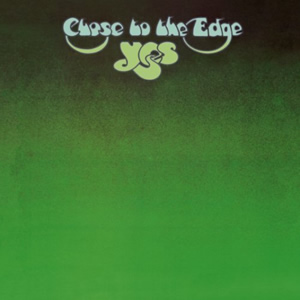
Buy Close to the Edge The group Yes reached their progressive pinnacle with the 1972 album Close to the Edge. Containing just three extended tracks, the album became Yes’s greatest commercial success to […]
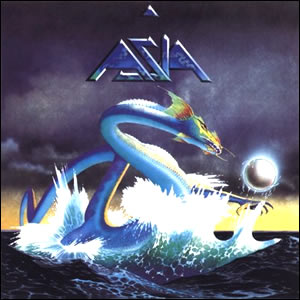
Buy Asia Asia was a short-lived “supergroup” which existed primarily in the early 1980s. Their debut eponymous album was wildly successful commercially, reaching #1 in the US on the Billboard album charts and […]